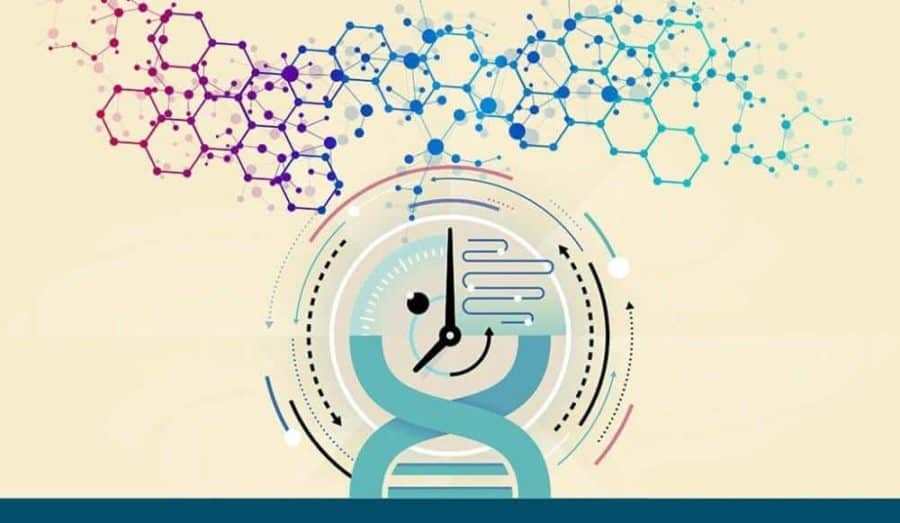Yale researchers have discovered novel chemical compounds that extend the lifespan of a species of yeast by using a new technology that could also hunt for tools to combat aging in other species as well, they report Nov. 28 in the journal Cell Reports.
“Research on human aging has been slowed by ethical concerns or time constraints of the research, but fortunately many aging mechanisms are shared between distantly related model organisms,” said senior author Murat Acar, associate professor of molecular, cellular & developmental biology and of physics at the Systems Biology Institute at West Campus. “One of our goals in our research is to be able to rejuvenate cells that have already reached their ‘mid’ or ‘old’ age.”
The Yale team took advantage of the short lifespan of yeast to test the effects of numerous chemical compounds on the lifespan of Saccharomyces cerevisiae, a yeast used in winemaking and baking. Developing a technique they call High Life (for high throughput screening and lifespan measurement), they found several compounds that extended lifespan, more than doubling the number of previously identified lifespan-extending compounds. A single researcher can screen more than 1000 compounds a day for life-extending properties using High Life, the authors report.
They also conducted single-cell level laboratory tests to confirm compounds did extend lifespan.
“Our ultimate goal is to identify compounds and aging pathways that are relevant to humans in the hope that we contribute to making humans live longer, healthier lives,” said lead author Ethan Sarnoski, graduate student in the Department of Molecular, Cellular & Developmental Biology.
The Acar laboratory is currently characterizing the mechanisms through which the compounds extend lifespan in yeast, and their effects on lifespan in other model organisms.
Postdoctoral associate Ping Liu is also an author of the study. The work was funded by the National Institutes of Health, the Ellison Medical Foundation, the National Science Foundation, and Gruber Science Fellowship.


